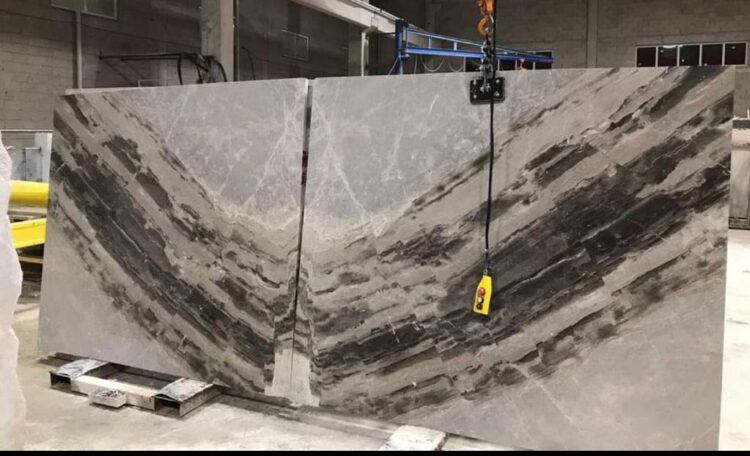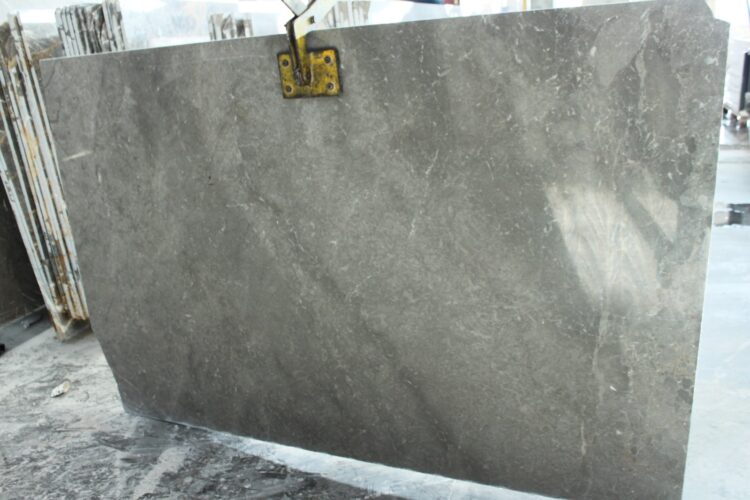Founded in 2018 in Morelia, Mexico, HW Studio has established a solid place at the meeting point of desires, hopes and art. During difficult times in the country, in the shadow of violence, HW Studio set out to revitalize the threatened peace. Embracing artistic and philosophical principles as a synthesis of east and west, this unique architecture studio creates brand new spaces. We explored the journey of HW Studio for you.
“Architecture is basically a vessel for something. I hope you don’t like the cup more than the tea”.
Yoshio Taniguchi
Can you share the founding story of HW Studio? What is the main purpose and mission of the studio?
Part of our story is intricately connected to the origin of our name. In our native language, Spanish, the letter ‘H’ is often considered a silent letter, symbolizing silence itself. The ‘W’ is a reference to a ceremonial and unhurried Japanese tea ritual that emerged during times of war, designed to anchor people in the present moment and allow them to peacefully savor the ephemeral essence of life. We established our studio during a turbulent period marked by the war against drug trafficking in our country. Our mission then, as it remains now, is to create architecture that grounds people in the present moment and offers a brief sanctuary of peace amid the chaos.
What are the reasons for your preference for marble in architecture? What are the advantages of this material for you, and how does marble distinguish itself from other materials?
Marble features prominently in our projects due to its capacity to engage the senses on multiple levels. It transcends mere visual aesthetics, unlike porcelain tiles. It encompasses the earthy aroma it emanates when moistened, warmed, or in contact with heat. It’s the tactile experience when bare feet make contact with its surface, and the remarkable thermal properties it possesses, responding to both hot and cold conditions. Furthermore, it embodies an authentic utilization of the material for its inherent qualities.
How did the situation inspire you to establish an architecture studio during a period of violence in Mexico?
The term “inspiration” may not be the most fitting. Graduating from university, one may be highly motivated to launch their own studio, but without actual commissions, that motivation can gradually wane into a distant aspiration. Social models often attribute a degree of success or failure to luck or fortuitous circumstances. In our case, it appears that luck played a role in securing our initial commission. We approached this opportunity by focusing on understanding three enduring factors: the environment, the inhabitants, and our role as designers.
How do you assess the future trends of marble? What changes do you anticipate in the use of marble in the design world?
The most significant shifts should center around sustainability, encompassing not only the extraction of the material but also the subsequent utilization of these spaces and the preservation of the natural landscape. Predicting trends proves challenging for us, as we have consistently sought to tread a different path, one not swayed by transient fashions or prevailing trends.
Can you share the names and distinctive characteristics of three prominent projects of your company? Can you provide insights into the design process and the outcomes of these projects?
Certainly, three noteworthy projects within our portfolio are “Torre ai” “Casa Sin Nombre,” and “Enso II.”Each of them reflects our commitment to promoting serenity, harmony, and a deep connection with the environment. Our design process begins by focusing on gathering information, rejecting assumptions, and predefined objectives. The initial stage involves a sincere meeting with the client in a comfortable environment, sharing a cup of tea, and engaging in a deep and honest conversation to uncover the individual’s story. Architects use the experience of silence and mindfulness while deciphering the local context, history, and potential of the space during field visits. Each project reflects the emotional and sensory experiences gained during these site visits.
In addition, they evaluate topographic, climatic, and infrastructural factors to conduct technical analysis. During the design phase, designers embark on an internal journey using Vipassana meditation to explore their inner worlds. This meditation creates a space of inner peace that naturally brings forth design ideas. At this stage, the design process takes on a new dimension as architectural ideas emerge from internal tranquility and take control of the project. Architectural concepts develop using intuition and conscious awareness. At the end of the design process, the inner and outer worlds converge, and the architectural project takes shape clearly.






























 +90 532 585 51 95
+90 532 585 51 95 +90 532 585 51 95
+90 532 585 51 95